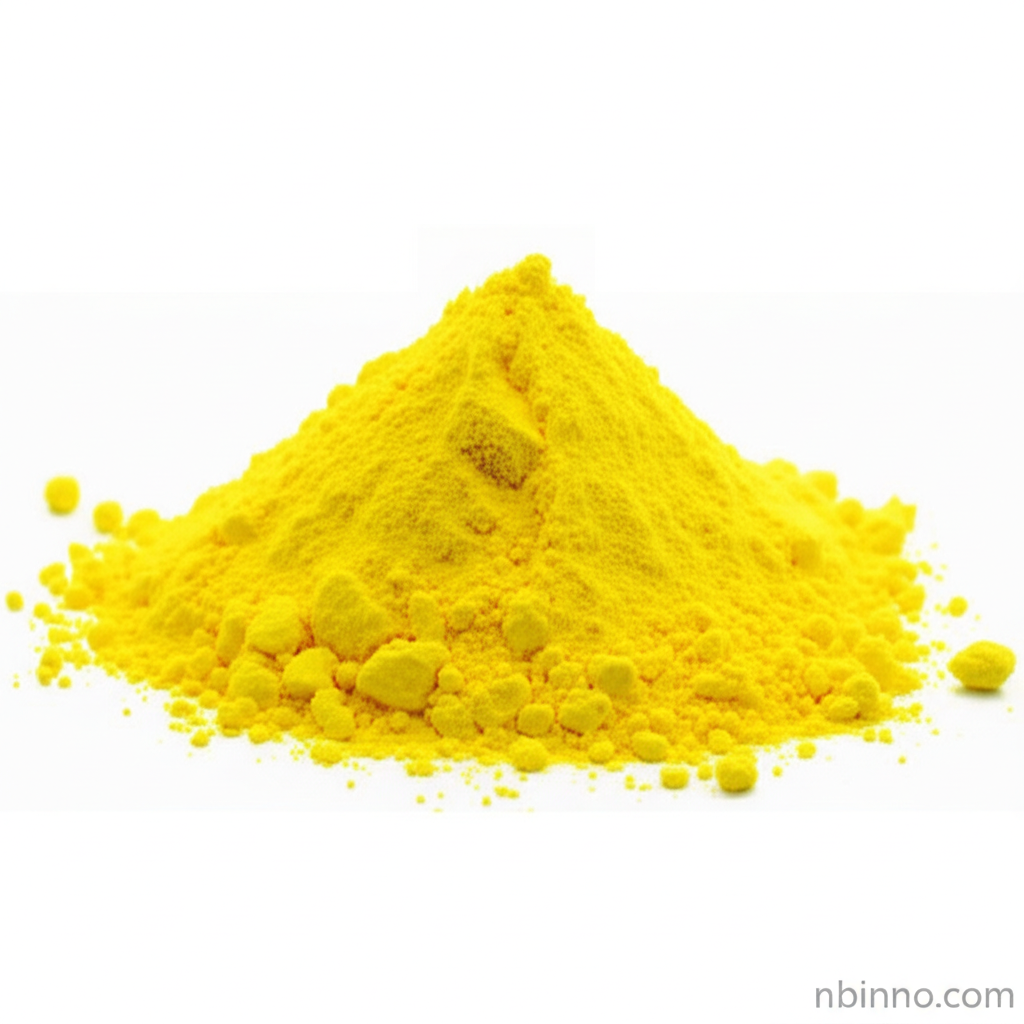Dibenzylideneacetone: A Key Ligand for Palladium Catalysis in Organic Synthesis
Discover the pivotal role of Dibenzylideneacetone as a high-performance ligand in palladium catalysis, driving innovation in chemical synthesis and material science. Explore its applications in crucial reactions like Negishi, Suzuki, and Heck couplings.
Get a Quote & SampleProduct Core Value

Dibenzylideneacetone
Dibenzylideneacetone serves as a fundamental building block in the realm of organometallic chemistry, primarily as a ligand for palladium catalysts. As a reliable supplier in China, we provide high-purity Dibenzylideneacetone, essential for a wide array of catalytic transformations. Its inclusion in various coupling reactions, such as the Negishi reaction and Suzuki reaction, is critical for the efficient synthesis of complex molecules.
- Dibenzylideneacetone palladium ligand is essential for preparing palladium catalysts used in coupling reactions.
- Discover how Dibenzylideneacetone contributes to the synthesis of natural products and bioactive compounds.
- High purity Dibenzylideneacetone is crucial for achieving optimal yields in Heck reaction catalyst applications.
- Explore the versatility of Dibenzylideneacetone in advanced catalysis and functional materials synthesis.
Advantages of Using Dibenzylideneacetone
Enhanced Catalytic Activity
Dibenzylideneacetone, as a dibenzylideneacetone palladium ligand, significantly enhances the catalytic activity of palladium complexes, enabling more efficient organic synthesis. This makes it a valuable component for Suzuki reaction catalyst development.
Versatility in Reactions
Its broad applicability in reactions like the Negishi reaction and Heck reaction makes Dibenzylideneacetone a versatile chemical auxiliary agent for various synthetic strategies.
Foundation for Material Science
The use of Dibenzylideneacetone in the synthesis of functional materials and polymers highlights its importance in advanced materials science research and development.
Key Applications
Catalysis
Dibenzylideneacetone is a crucial dibenzylideneacetone palladium ligand, integral to numerous palladium-catalyzed reactions that form the backbone of modern organic synthesis.
Organic Synthesis
It plays a vital role in facilitating complex molecular construction, supporting the synthesis of natural products and pharmaceutical intermediates with high efficiency.
Materials Science
The compound's utility extends to the development of novel polymers and functional materials, showcasing its broad impact in chemical innovation.
Pharmaceutical Development
Dibenzylideneacetone is instrumental in synthesizing bioactive compounds and drugs, underscoring its significance in the pharmaceutical industry.
